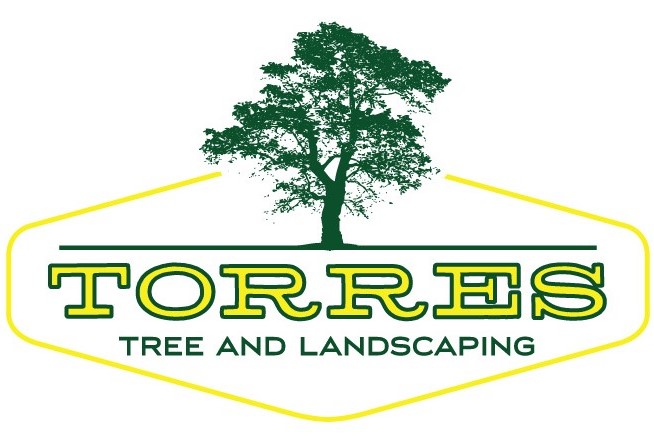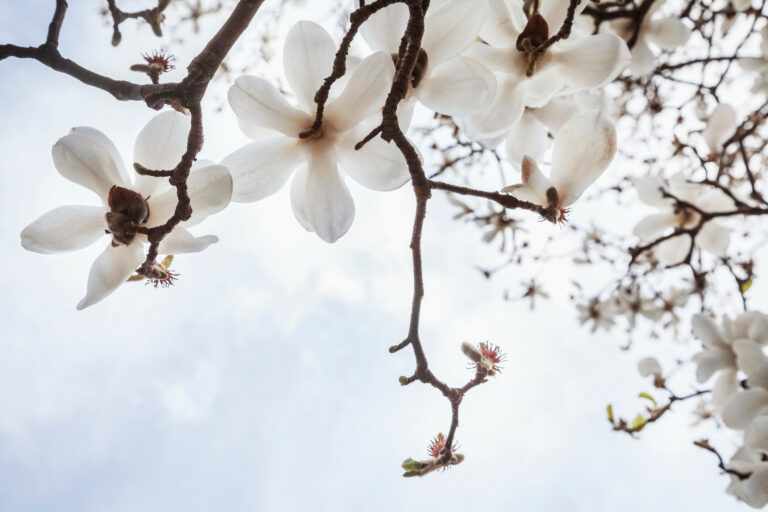Magnolia trees are not only admired for their majestic beauty but also hold significant historical and cultural importance. In this article, we will explore the fascinating world of magnolia trees, sharing insightful facts about their history, physical characteristics, growing requirements, care tips, and more.
History of Magnolia Trees
Originating from Asia and the Americas, magnolia trees have been revered for centuries for their stunning flowers and graceful appearance. These trees were named after French botanist Pierre Magnol and are known for their resilience and striking presence in landscapes.
Texas A&M Forest Service (2024) says magnolias are an ancient genus, one of the oldest flowering plants, extending back approximately 130 million years.
Physical Description
Magnolia trees are known for their large, aromatic flowers and glossy, dark green leaves. They range in height from 20 to 80 feet, with a spread of 20 to 40 feet, making them an impressive addition to any garden.
Growing Information
Preferred Soil Type and Soil pH: Magnolia trees thrive in well-draining, slightly acidic soil with a pH range of 5.5 to 6.5.
Sun: Preferring full sun to partial shade, magnolia trees perform best when exposed to at least six hours of sunlight per day.
Water: Regular watering, especially during the tree’s establishment phase, is crucial for healthy growth.
USDA Hardiness Zone: Magnolia trees can thrive in USDA Hardiness Zones 5 to 9.
Size: Magnolia trees typically reach heights of 20 to 80 feet and widths of 20 to 40 feet. They bloom in spring or summer, depending on the species.
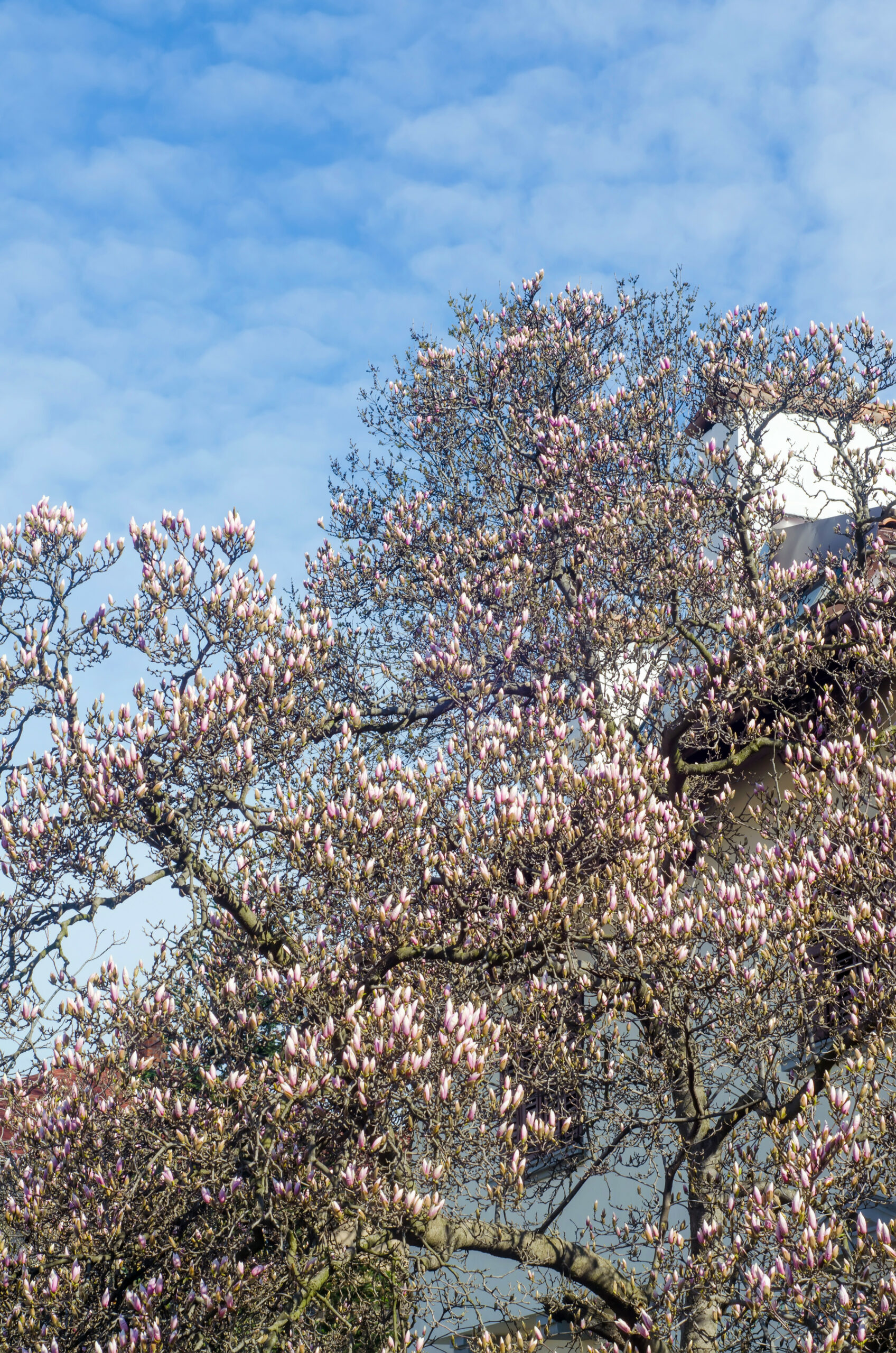
Deciduous, Evergreen, or Both?
Depending on the species, magnolia trees can be deciduous, evergreen, or semi-evergreen. Deciduous magnolias drop their leaves in fall, while evergreen varieties retain their foliage year-round. Semi-evergreen magnolias may lose some leaves in winter but retain most of their foliage.
Pruning Tips
Proper pruning is essential to maintain the health and shape of your magnolia tree. It is best to prune in late winter or early spring before new growth emerges. Remove dead or damaged branches, as well as any crossing or crowded limbs to improve air circulation and light penetration.
We offer a tree and shrub trimming service. Contact us for more information.
How to Properly Cut Magnolia Flowers
When cutting magnolia flowers for arrangements, select mature blooms with a hint of color and cut the stems at an angle. Placing the cut stems in lukewarm water with floral preservative can help prolong the blooms’ freshness.
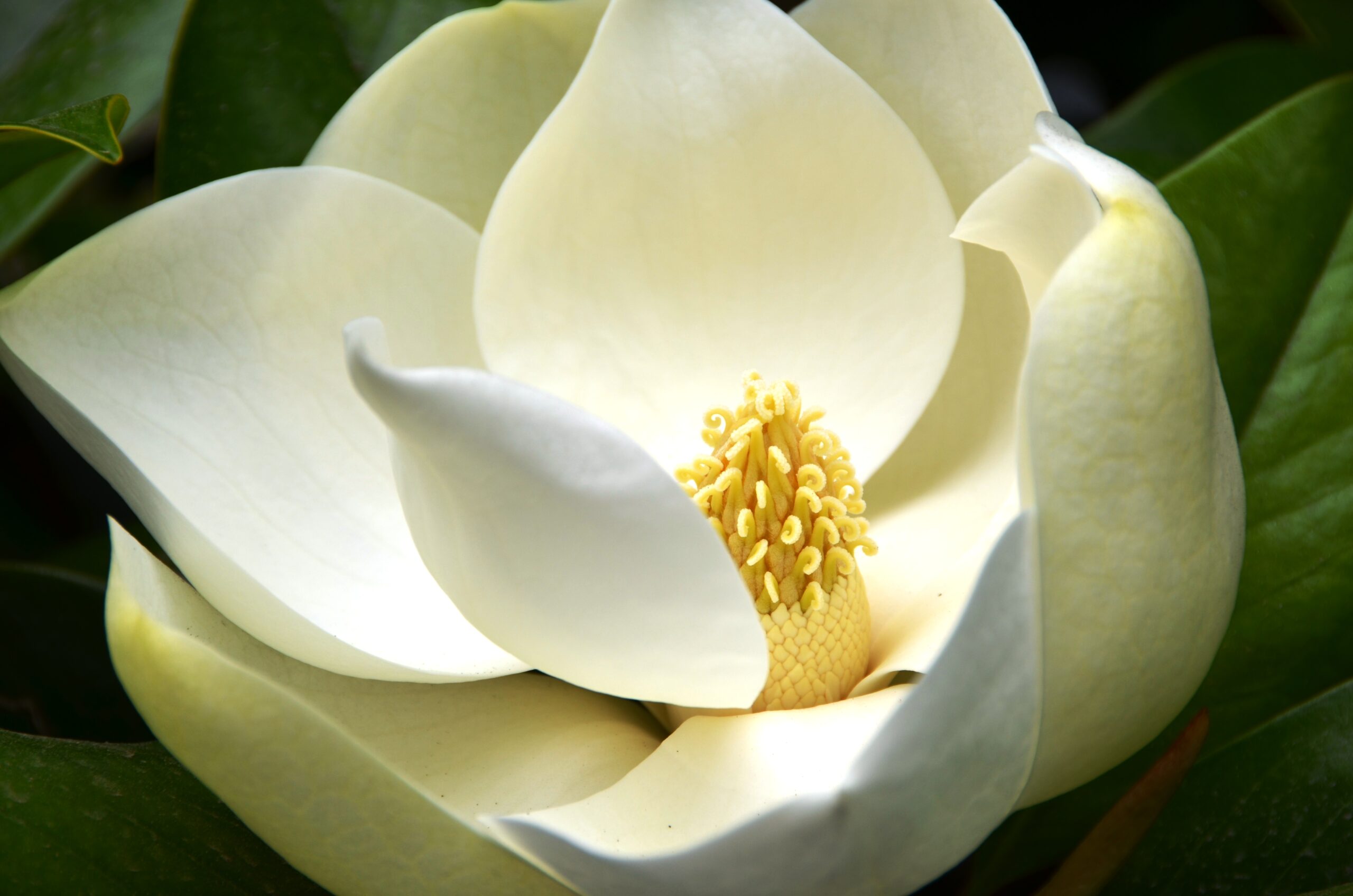
Care Tips
To ensure the continued health and beauty of your magnolia tree, it is vital to provide adequate water, sunlight, and nutrients. Remember that magnolia tree roots grow horizontally, not deeply, so avoid planting other vegetation close to the tree to prevent root competition.
Choosing a Planting Site
Select a planting site for your magnolia tree that offers well-draining soil, ample sunlight, and sufficient space for its mature size. Keep in mind that magnolia tree roots spread horizontally, so avoid planting near structures or other plants with deep root systems.
Welch (n.d.) informs the Southern Magnolia will perform best in Texas on loose, acid soils and may appear stunted or be short-lived on heavy, poorly drained ground. Oftentimes in more alkaline areas magnolias will do well for a number of years until roots reach the compacted substrate soil, then decline. They do best in full sun. When situated in partial shade there will be fewer blooms. My experience is that magnolias should be planted only in areas that have deep soils that are acid and are, at least, neutral in pH. Numerous problems occur when attempts are made to grow them in other areas (para. 3).
Read one of our other articles titled, “How to Plant a Tree,” and learn more about exactly how to plant a tree.
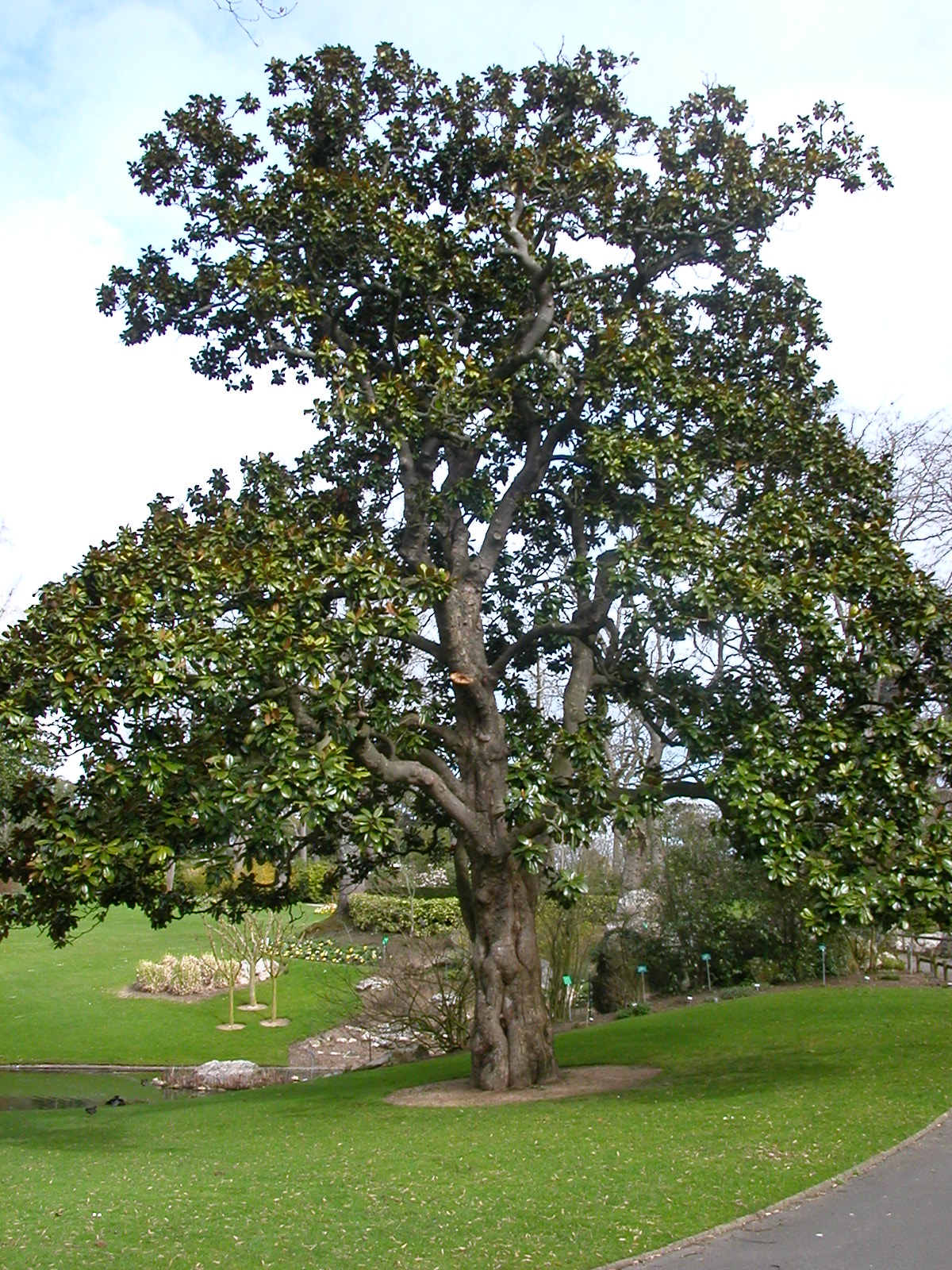
Diseases and Pests that Affect Magnolia Trees
While magnolia trees are generally hardy and resilient, they can still be susceptible to certain diseases and pests. Understanding these potential threats can help you take proactive measures to protect the health and beauty of your magnolia tree.
One common disease that affects magnolia trees is powdery mildew. This fungal infection appears as a powdery white coating on the leaves, inhibiting their ability to photosynthesize properly. To prevent powdery mildew, ensure good air circulation around the tree and avoid overhead watering.
Another disease to watch out for is bacterial leaf spot. Symptoms include dark, water-soaked spots on the leaves that may eventually turn yellow or brown. To manage this disease, promptly remove and dispose of affected leaves and avoid overhead watering.
In terms of pests, magnolia scale is a common culprit. These small, flat insects attach themselves to the tree’s branches, feeding on its sap. Signs of a magnolia scale infestation include sticky honeydew, sooty mold, and stunted growth. To control scale insects, a combination of pruning, insecticidal soaps, and horticultural oils may be necessary.
Lastly, magnolia trees can also attract aphids, which are small, soft-bodied insects that suck sap from the tree’s leaves and stems. The presence of aphids can cause curled or distorted leaves and leave behind sticky residue called honeydew. Ladybugs and beneficial insects can help keep aphid populations in check, but insecticidal soaps or oils may be used if necessary.
Need a tree removal service? We are here to assist. Go to our tree removal service page for details.
Conclusion
Magnolia trees are not just ornamental additions to your landscape but also living symbols of elegance and resilience. After reading this blog post, you are ready to cultivate a thriving magnolia tree that will bring beauty and charm to your landscape. Let the magnolia tree’s timeless allure inspire you and your outdoor spaces.
References
Texas A&M Forest Service. (2024). Trees of texas. Texas A&M Forest Service. http://texastreeid.tamu.edu/content/TreeDetails/?id=62
Welch, William. (n.d.). Southern magnolia. The Southern Garden. https://hortipm.tamu.edu/southerngarden/magnolia.html
